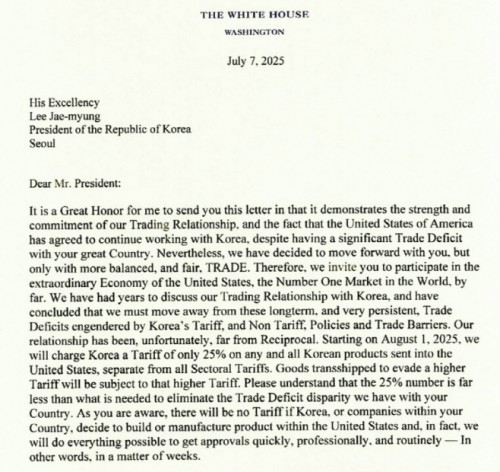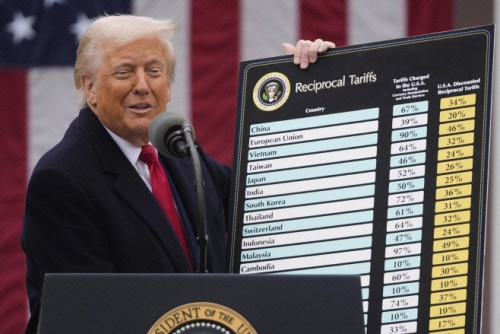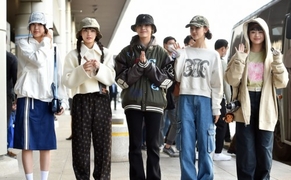 |
| U.S. President Donald Trump sent a letter to President Lee Jae-myung on July 7, stating that trade relations between South Korea and the United States are not reciprocal and notifying that a 25% reciprocal tariff will be imposed on all South Korean products starting August 1. / Captured from President Trump's Truth Social |
U.S. President Donald Trump has notified South Korean President Lee Jae-myung that the United States will impose a 25% reciprocal tariff on all South Korean products beginning August 1, citing an “unbalanced trade relationship.” In a letter disclosed on July 7, Trump warned that additional tariffs could be levied if South Korea retaliates or reroutes exports through third countries.
The 25% tariff rate matches the reciprocal tariff Trump announced on April 2 for South Korea. According to Korea’s Ministry of Trade, Industry and Energy (MOTIE), this letter effectively extends the grace period on implementation until August 1. MOTIE pledged to accelerate negotiations to resolve the uncertainty and emphasized plans to address the U.S. trade deficit concerns by reforming domestic regulations and enhancing bilateral manufacturing partnerships.
In his public letter posted on Truth Social, Trump stated, “Our relationship has unfortunately been far from reciprocal. Starting August 1, 2025, we will impose a tariff of only 25% on all products from Korea entering the United States. This will be applied separately from any existing product-specific tariffs.”
The announcement came as part of a broader rollout of tariff hikes aimed at several U.S. trading partners. Trump first sent a letter to Japanese Prime Minister Shigeru Ishiba, notifying him of a tariff increase from 24% to 25%, followed by similar notices to Malaysia (25%), Kazakhstan (25%), South Africa (30%), Laos (40%), and Myanmar (40%).
 |
| U.S. President Donald Trump holds up a chart showing reciprocal tariff rates on various countries during an announcement in the Rose Garden of the White House on April 2. / Source: AP-Yonhap News |
Compared to the April 2 announcement, some rates have been revised: Japan and Malaysia’s rates rose from 24% to 25%, while Kazakhstan’s fell from 27% to 25%. Laos and Myanmar saw significant reductions from 48% and 44% to 40%, respectively. The rate for South Africa remained unchanged. The adjusted figures appear aligned to the nearest 5 or 10 percentage points.
In his letter to President Lee, Trump reiterated that 25% was “far less than what would be required to eliminate the trade imbalance” and referenced the methodology unveiled in April, which calculated “effective tariff rates” based on a country’s trade deficit with the U.S.
Trump warned that if South Korea raises tariffs on U.S. goods, the same amount would be added on top of the 25% already imposed: “If you decide to raise tariffs on American goods for any reason, the amount of your increase will be added to the 25% rate applied to Korean imports.”
He also cautioned against transshipment through third countries to avoid tariffs, saying such products would face even higher rates.
“The United States has decided to move toward a more balanced and fair trade relationship with you,” Trump wrote, adding that the longstanding U.S. trade deficit with South Korea, caused by “tariff, non-tariff barriers, and unfair policies,” poses a threat to the American economy and national security.
He left the door open for changes: “Should your country open previously closed markets and eliminate such barriers, we are open to adjusting the terms of this letter. These tariffs may be revised upward or downward depending on our relationship.” Trump concluded, “You will not be disappointed in America.”
In response, MOTIE emphasized that the August 1 deadline gives both sides more time to pursue a “mutually beneficial outcome.” The ministry said it would focus on systemic reforms to address the U.S. trade deficit and promote growth in key sectors through the “Manufacturing Renaissance Partnership” between the two nations.
Most Read
-
1
-
2
-
3
-
4
-
5
-
6
-
7





















